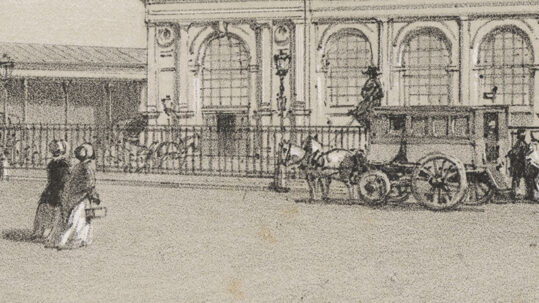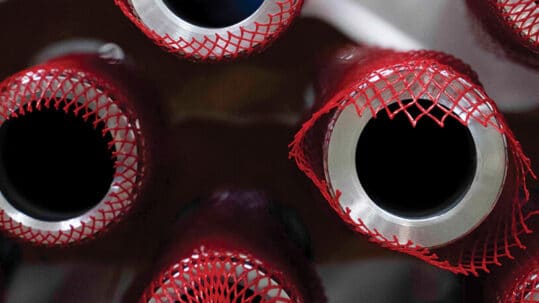
A history of electroplating: from the Renaissance to the Victorian Era
Last time, we looked at the earliest methods of plating metal that history recalls. These spanned from the Bronze Age right the way through to medieval times. Today, we’re moving forward through the Renaissance Period, all the way to the start of Queen Victoria’s epic reign.
The Renaissance

The Renaissance covers a period from the 15th to the 17th century. It was a time of incredible intellectual and technological advancements. It saw the end of feudalism and serfdom, and the rise of the scientific method, mass literacy, and astronomy. It also saw developments in the displacement plating method we discussed last time. Beautifully decorated items such as clock dials were often plated with silver. Instead of hammering in silver leaf or foils, artisans created solutions and pastes using silver salts.
The Industrial Revolution

This is where the story of electroplating really gets going. In 1800, Alessandro Volta invented what is generally accepted as the first electric battery. So revolutionary was this innovation that the Emperor Napoleon made Volta a count for his work. This portable source of electricity was the very catalyst needed to take the next step in plating metal. Indeed, many people began experimenting as soon as Volta’s findings on electrochemical batteries were published. Among them was British scientist William Cruickshank, who first reported on his experiments in electroplating a year after Volta’s invention. His early efforts managed to deposit small amounts of metal onto a Volta battery from a copper solution.
However, though Cruickshank proved the possibility of electroplating as a technique, he is not considered its inventor. That honour goes to Italian chemist, Luigi Brugnatelli. In 1805 – using a similar method to Cruickshank – Brugnatelli managed to plate gold onto the surface of silver medals. Using a gold solution and a Volta battery, he effectively invented the process that we use today.
Join us next time, as we look at how electroplating developed across the late 19th and early 20th century.

-
A history of electroplating: from Bronze Age to Medieval
Electroplating feels like it should be a modern phenomenon, but nothing could be further from the truth. Explore part 1 of the history of electroplating....
-
A history of electroplating: from the 1850s to the Gilded Revival
Join us as we look at the major developments in electroplating, from mid-Victorian England to the 1960s....
-
A history of electroplating: from 1970 to the modern day
Join us as we look at the major developments in electroplating, from 1970 through to the modern day....






